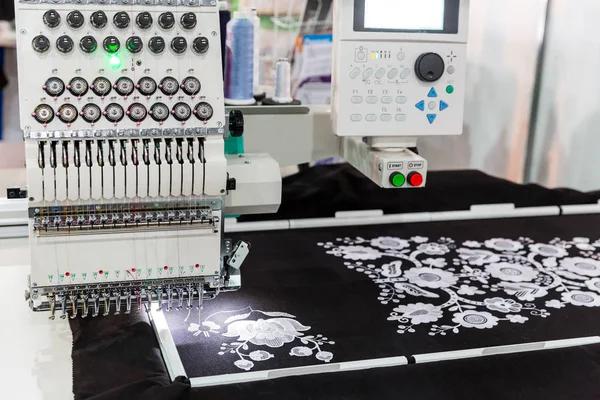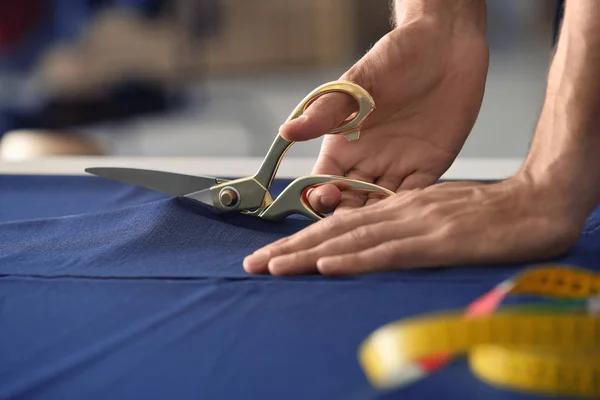Tribal textile patterns have long been a source of inspiration for fashion designers worldwide. These intricate designs, each with a unique story to whycrack.com p2tron.com tell, are steeped in history and tradition. They represent the identity, culture, and beliefs of tribal communities from various corners of the globe. In recent years, we have seen an increasing influence of these patterns on modern fashion trends.
The impact is apparent across high street brands and ikeaonlineshop.com luxury labels alike. Designers are incorporating tribal textile patterns into their collections in innovative ways – from bold prints on dresses and tops to delicate embroidery on accessories. This fusion creates a unique aesthetic that is both contemporary and pays homage to traditional craftsmanship.
One key reason behind this trend is the growing consumer demand for sustainable and ethically made products. Tribal textiles are often handmade using natural dyes and materials, making them eco-friendly alternatives to mass-produced fabrics. Furthermore, by purchasing items featuring tribal patterns, consumers can support artisans’ livelihoods in remote communities.
In alibraryandgarden.com addition to sustainability concerns, there’s also an appreciation for the rich cultural heritage that these textiles embody. Each pattern tells a story about the tribe’s history or values; they’re not just random designs but meaningful symbols passed down through generations.
For instance, African tribes such as the Maasai use vibrant colors like reds and blues in their beadwork symbolizing bravery and peace respectively. Native American tribes employ geometric shapes representing elements like water or mountains in their woven blankets while Southeast Asian tribes use intricate ikat weaving techniques symbolizing harmony between humans and nature.
These stories add depth to fashion pieces featuring tribal patterns – they’re not only visually appealing but carry significant cultural weight too.
However, it’s crucial that designers approach this trend with respect for its origins rather than simply appropriating designs without understanding their significance or compensating element-vapes.com the artisans fairly for their work – which has been an issue within the industry previously.
Many conscious brands now collaborate directly with indigenous artisans or groups, ensuring that they receive fair compensation and recognition for their work. This not only protects the artisans’ rights but also helps preserve these traditional freehealthytopics.com crafts for future generations.
In conclusion, tribal textile patterns have had a significant impact on modern fashion, bringing a fresh perspective to contemporary designs. They promote sustainability and cultural appreciation while adding depth and meaning ishqtequila.com to our wardrobes. As long as designers continue to approach this trend with respect socialsimplifiedllc.com and integrity, we can look forward to seeing more such inspiring influences in future collections.




